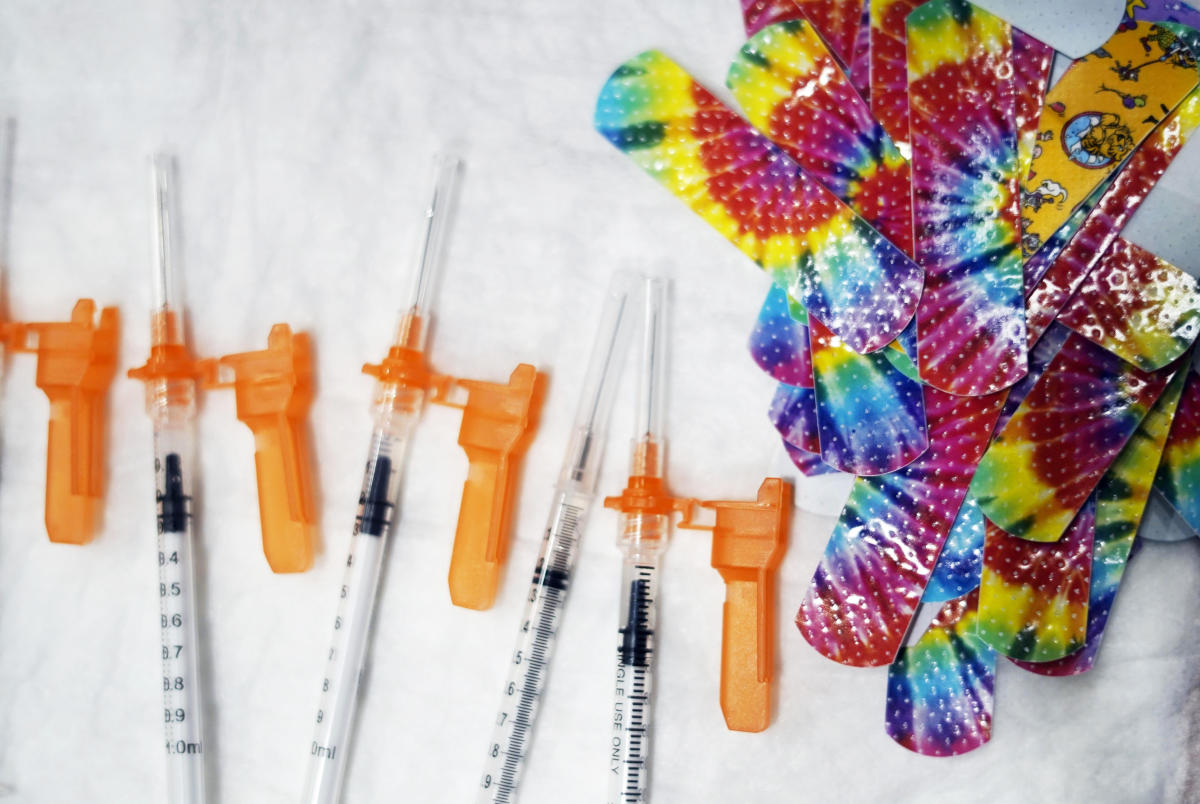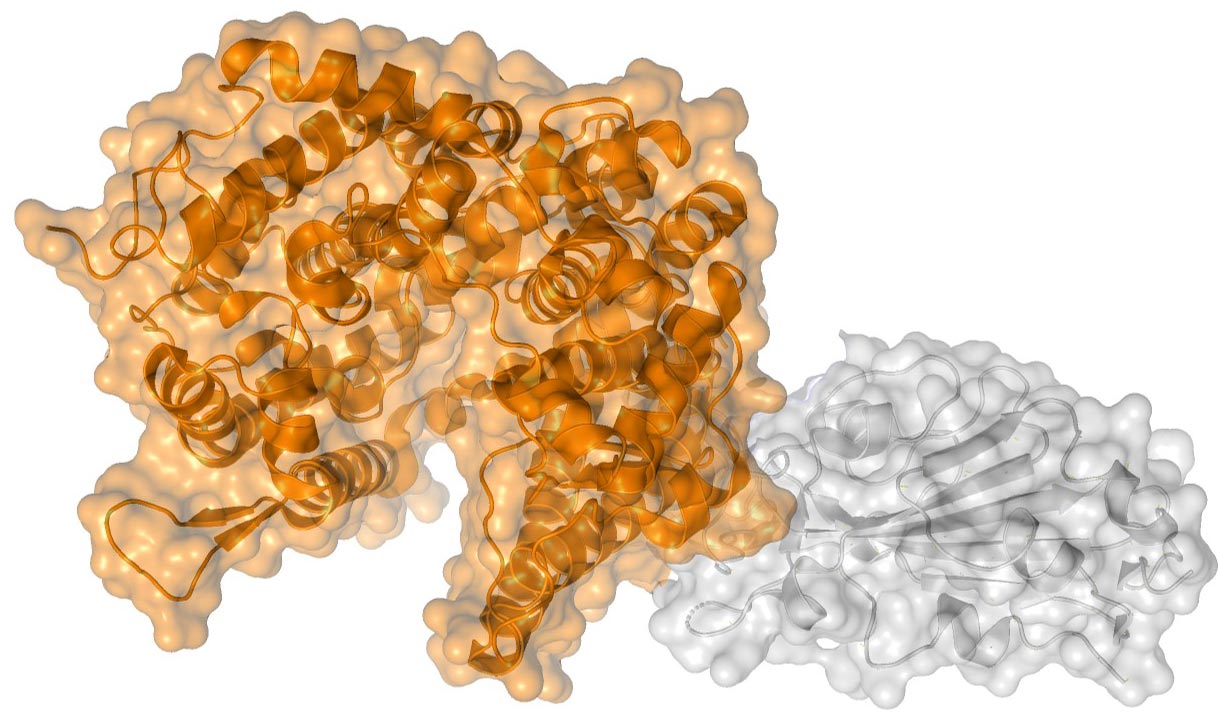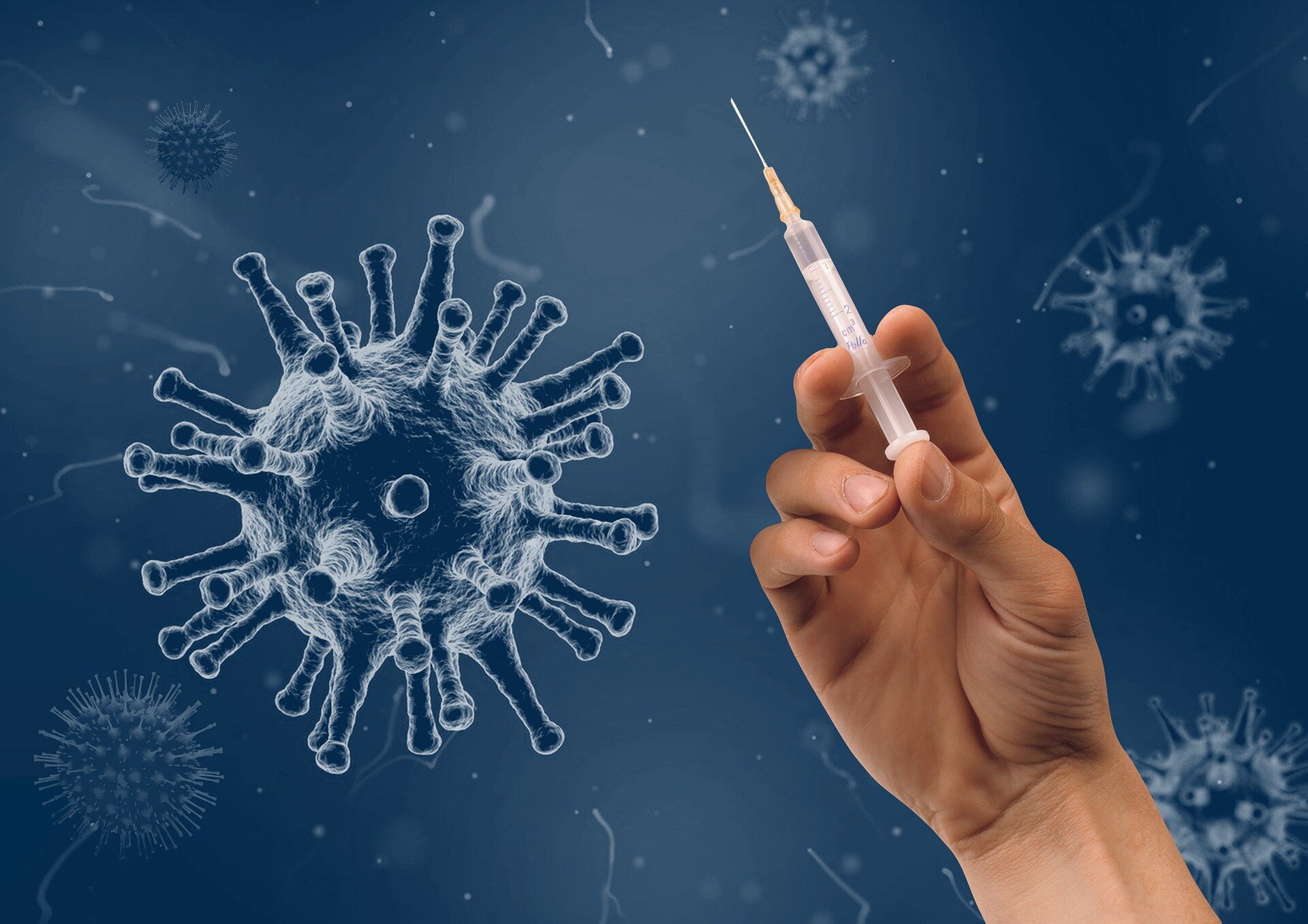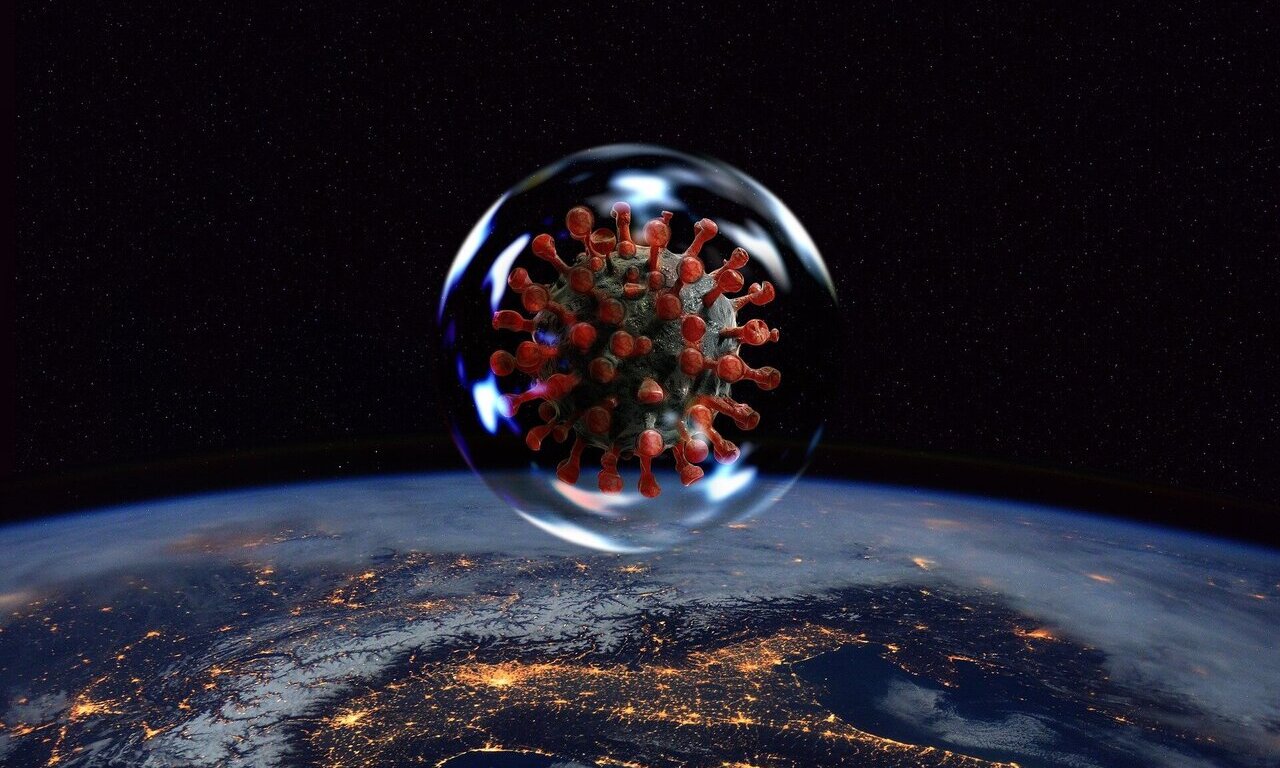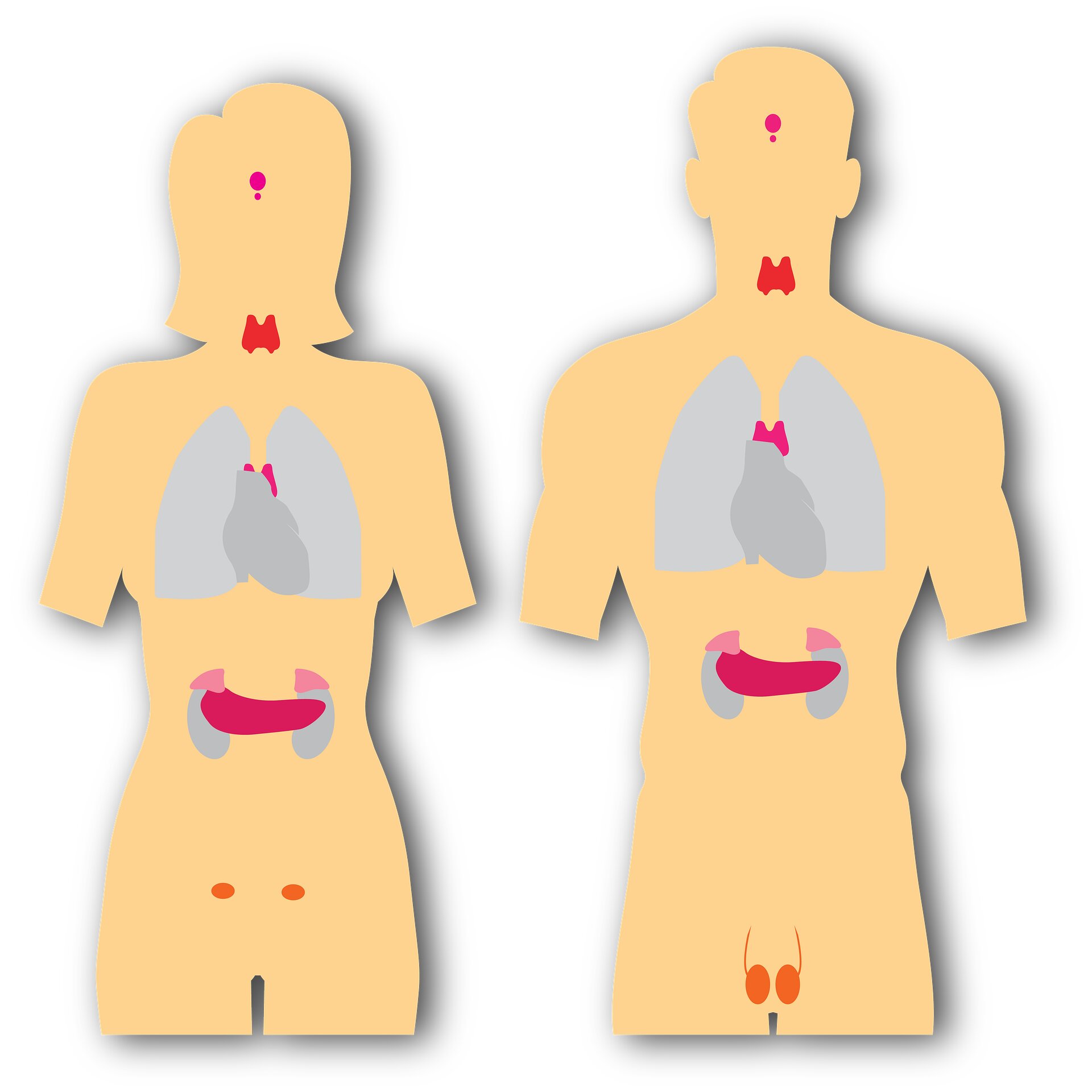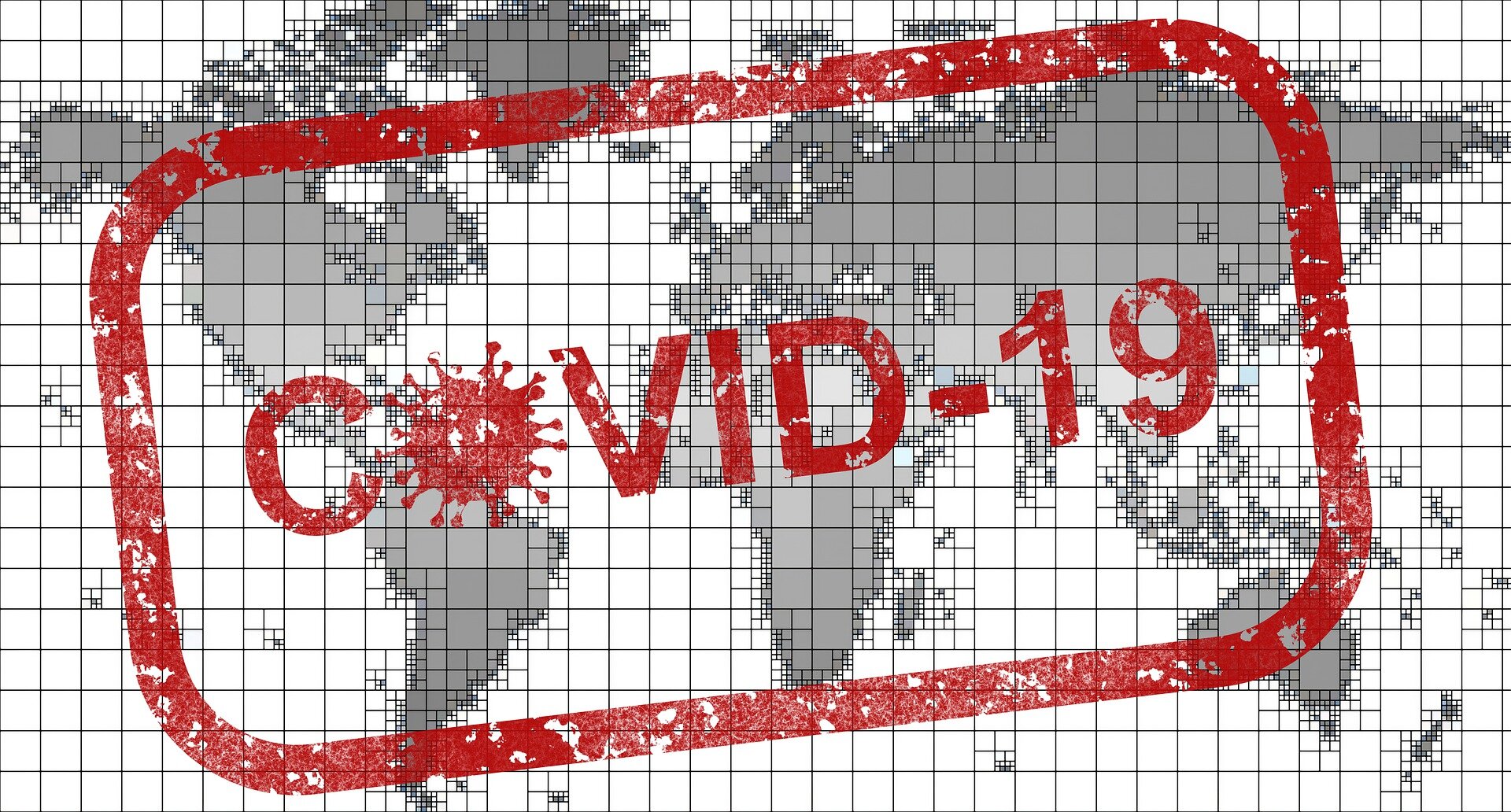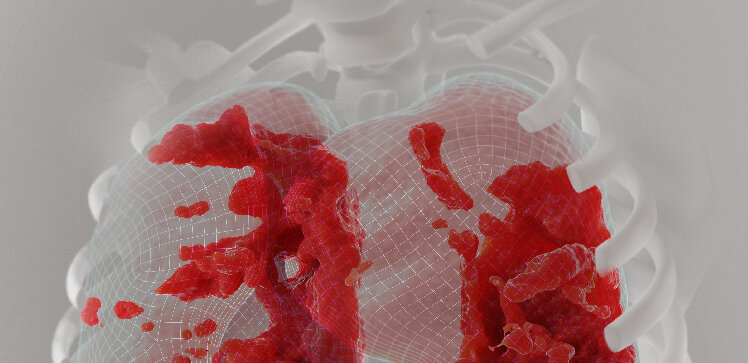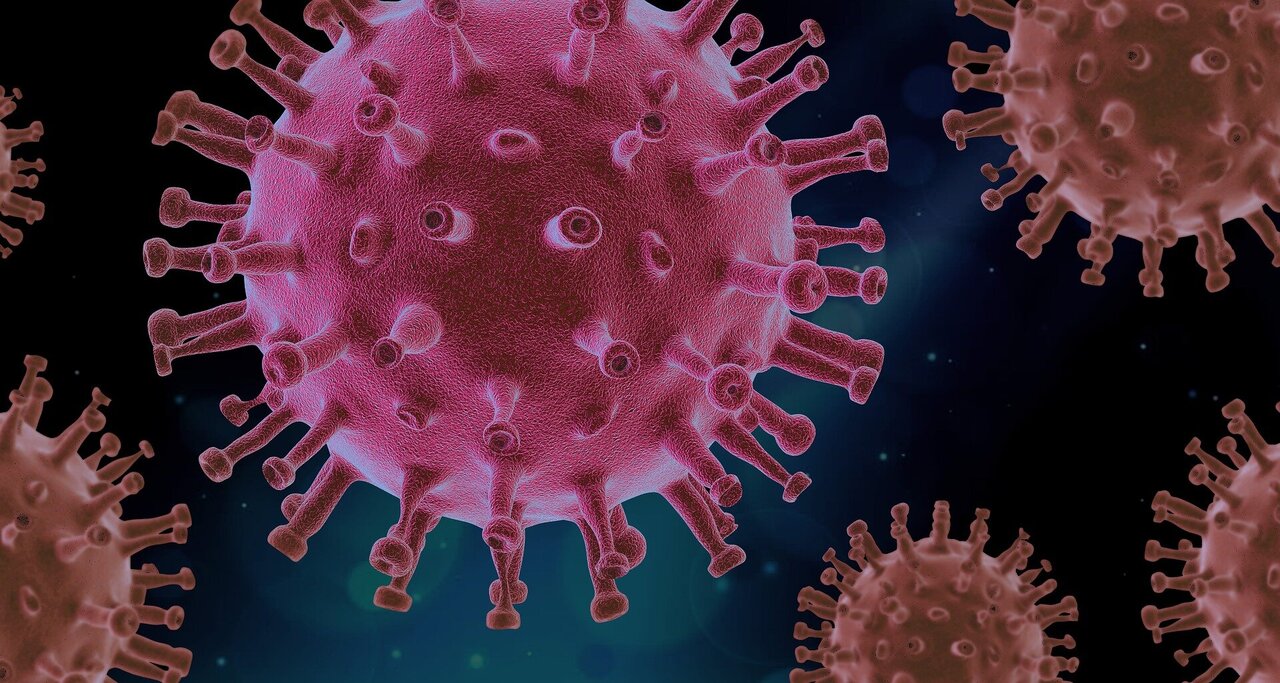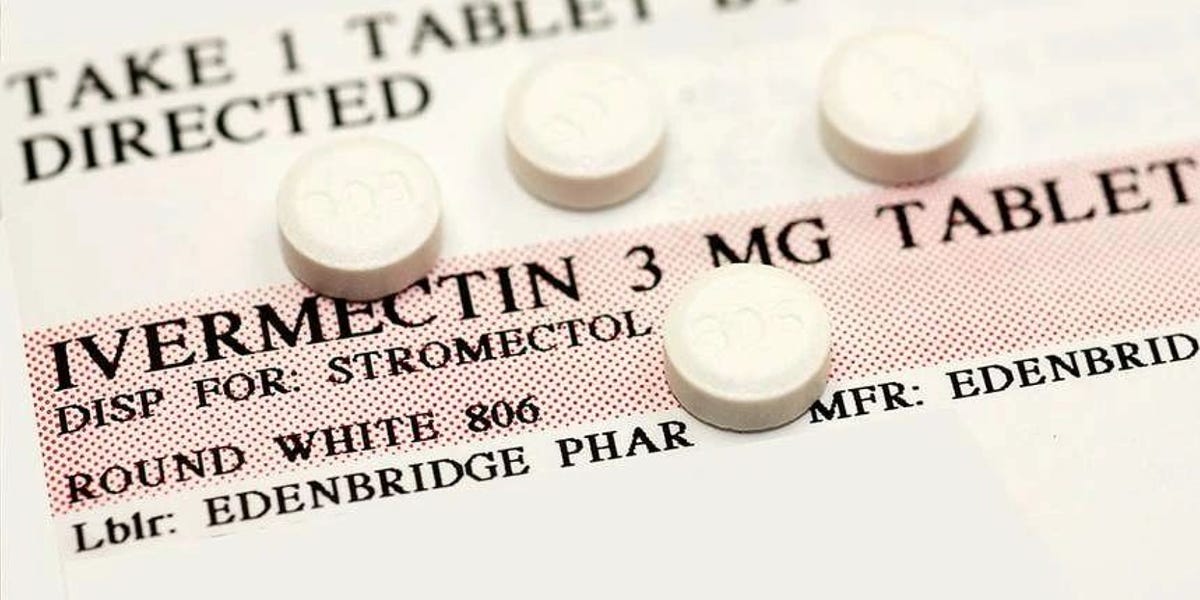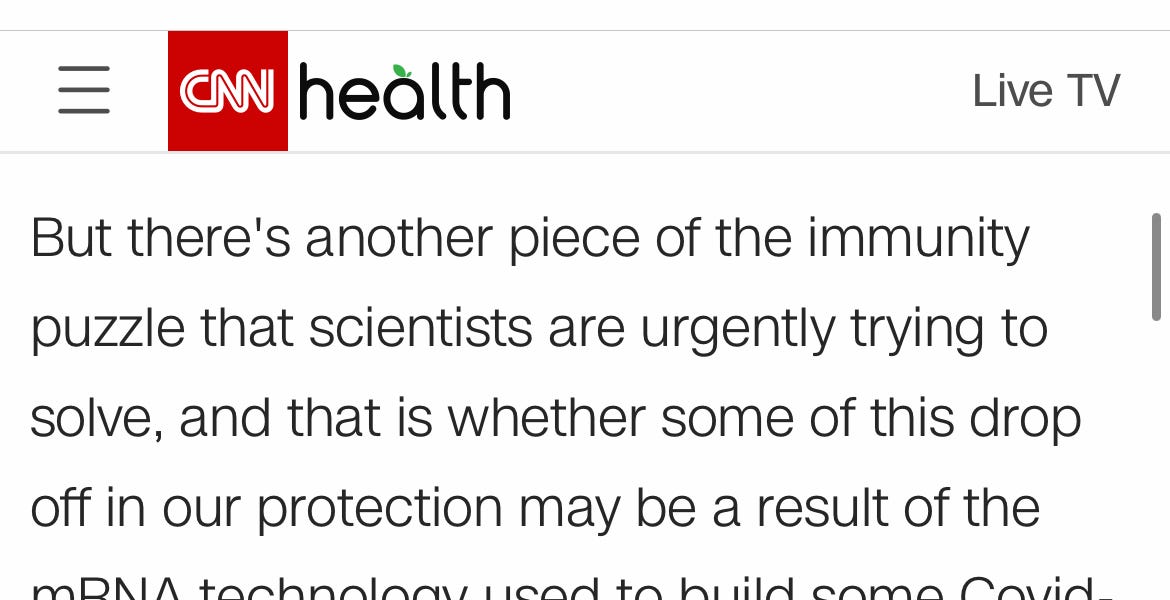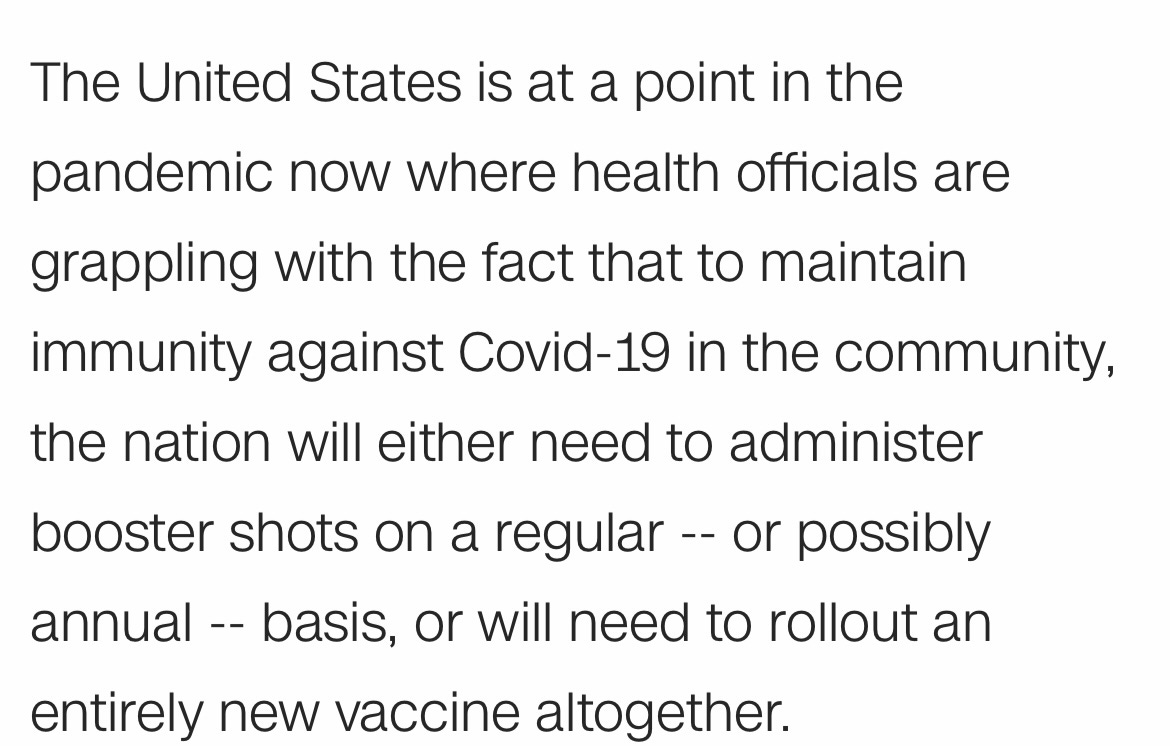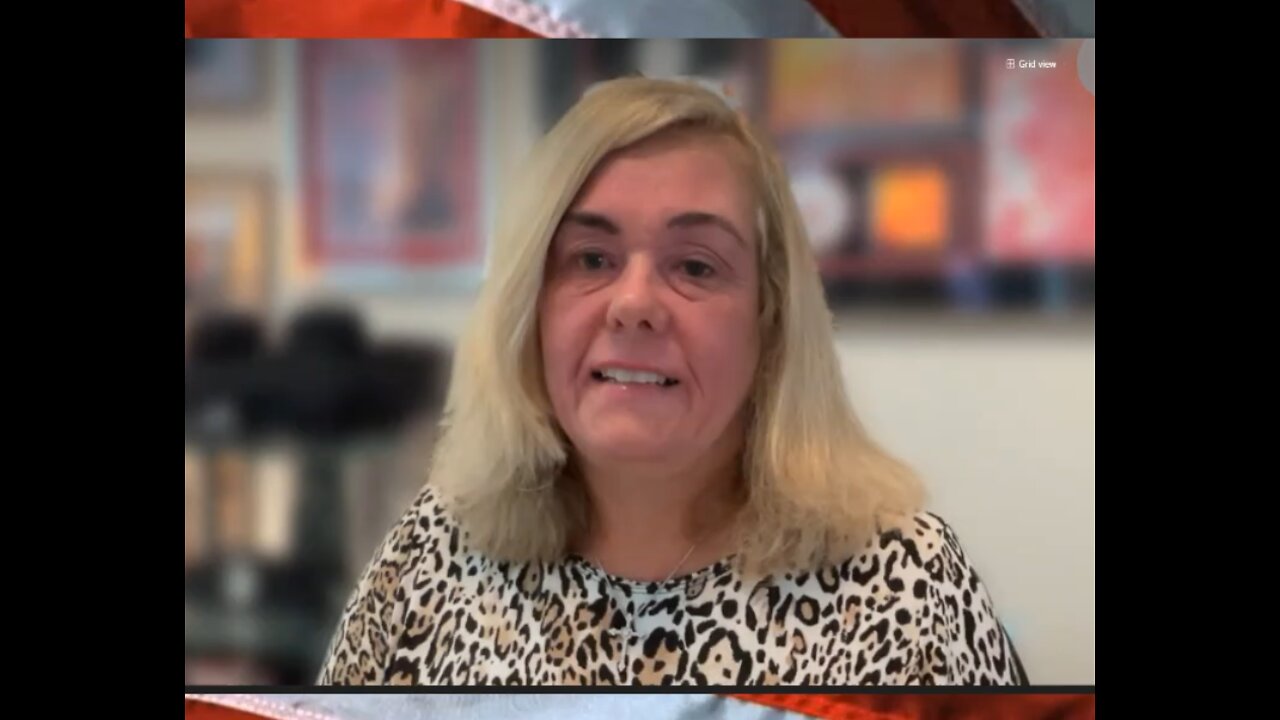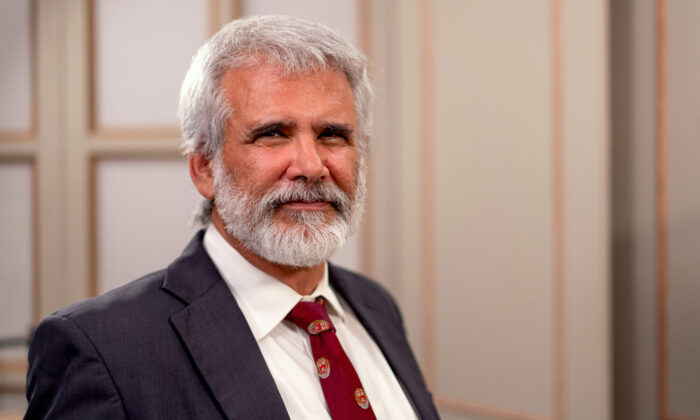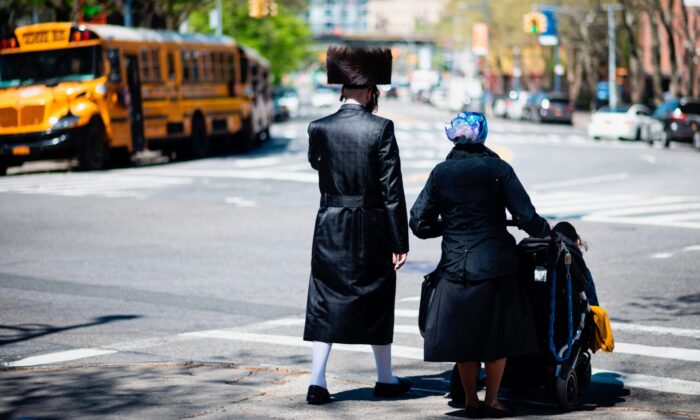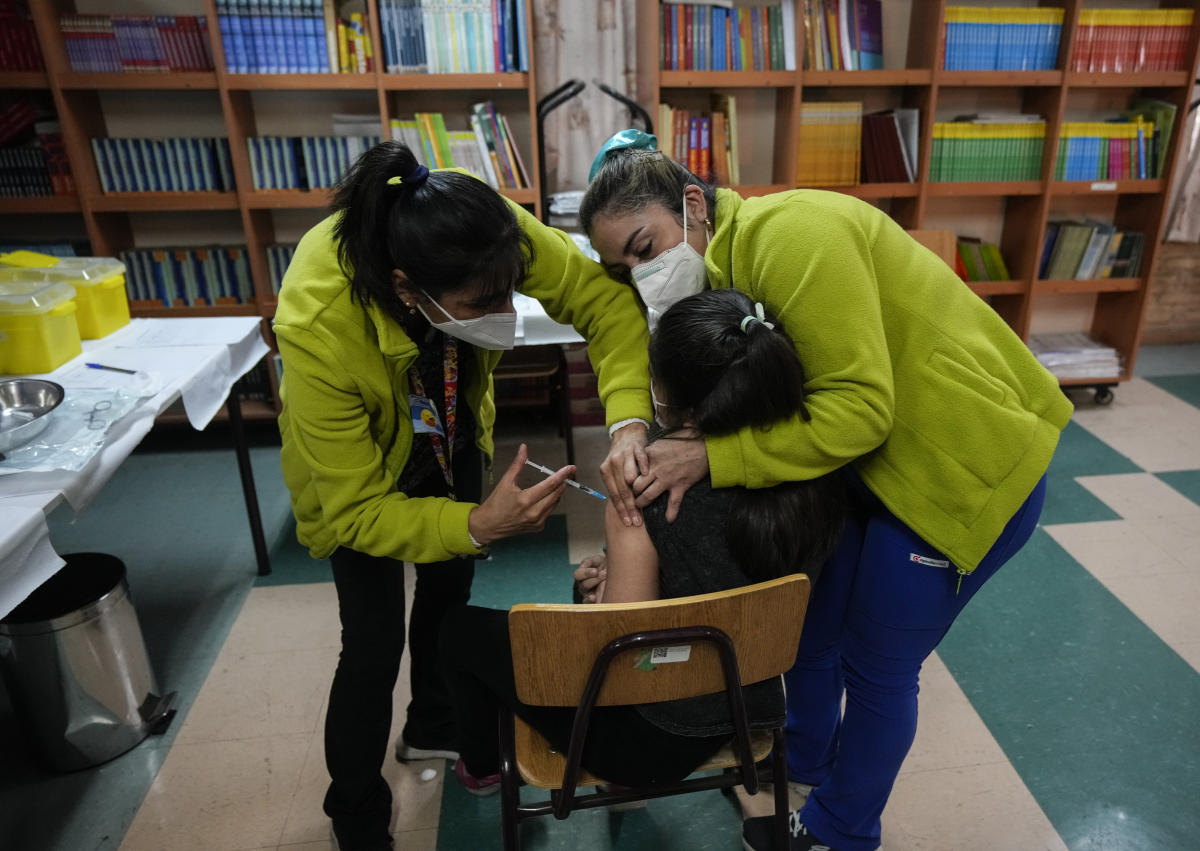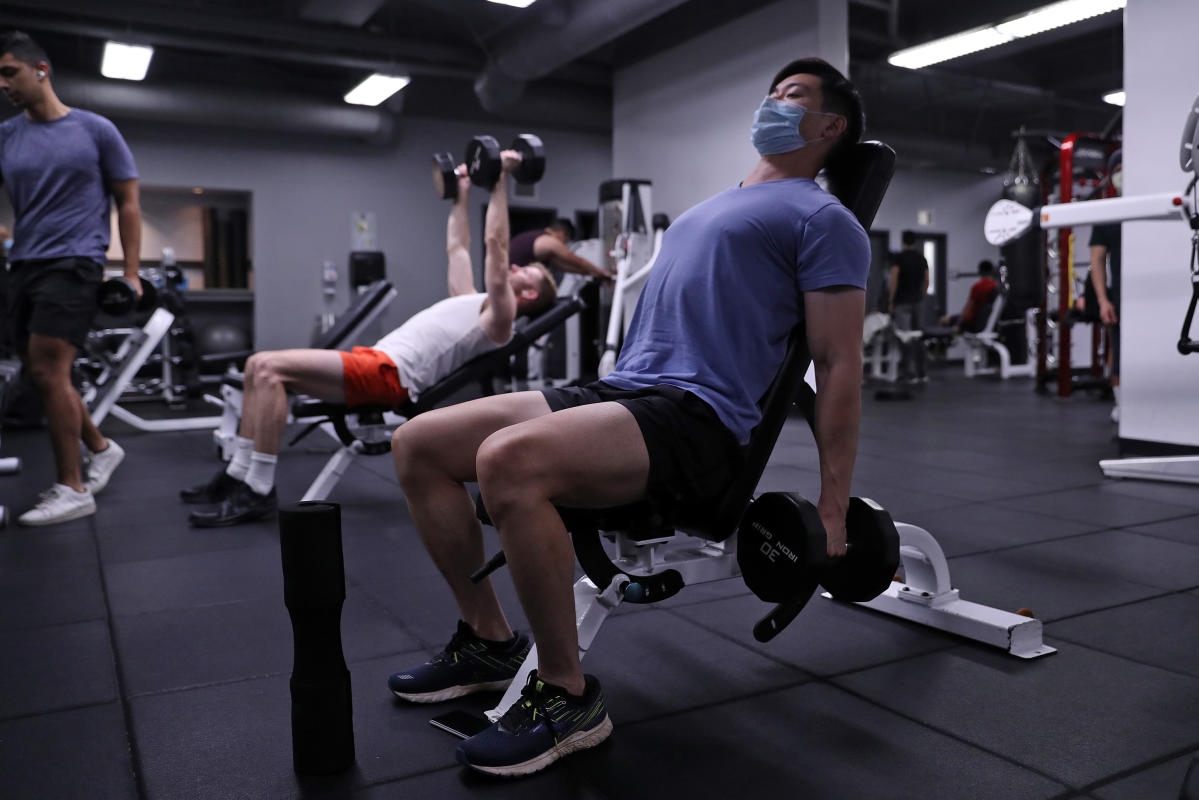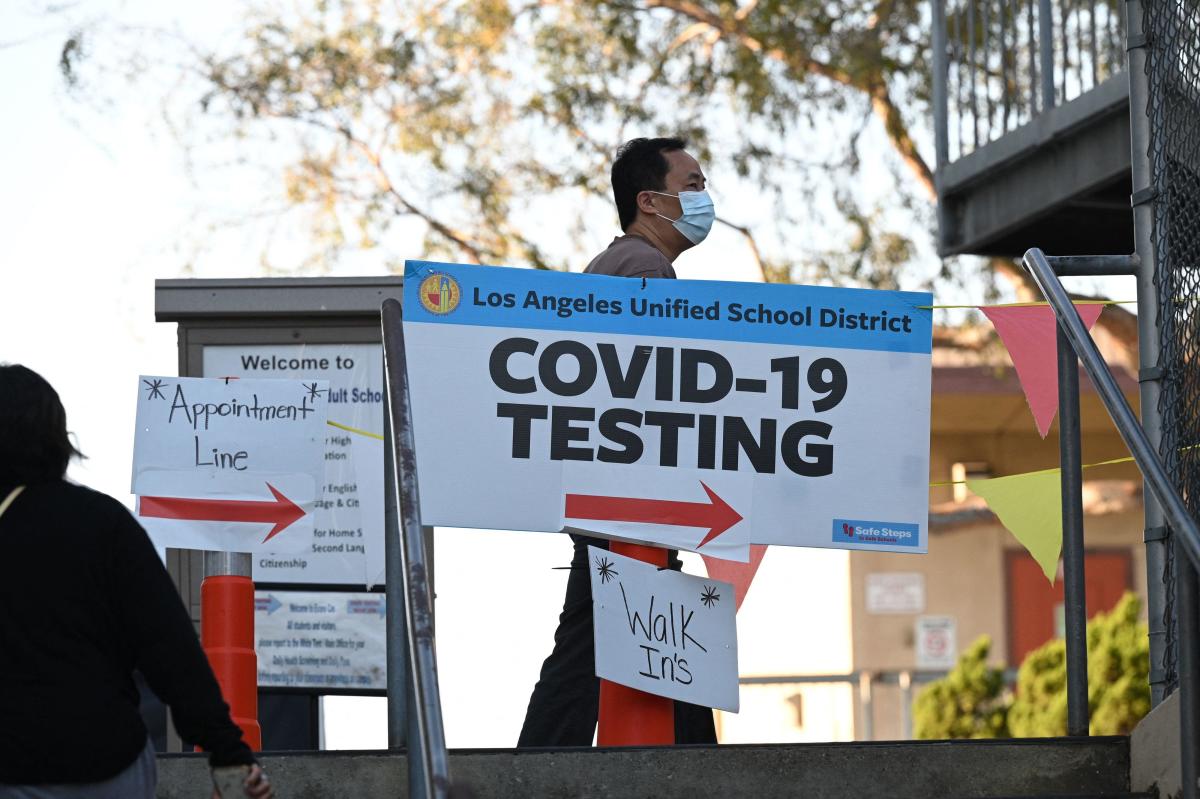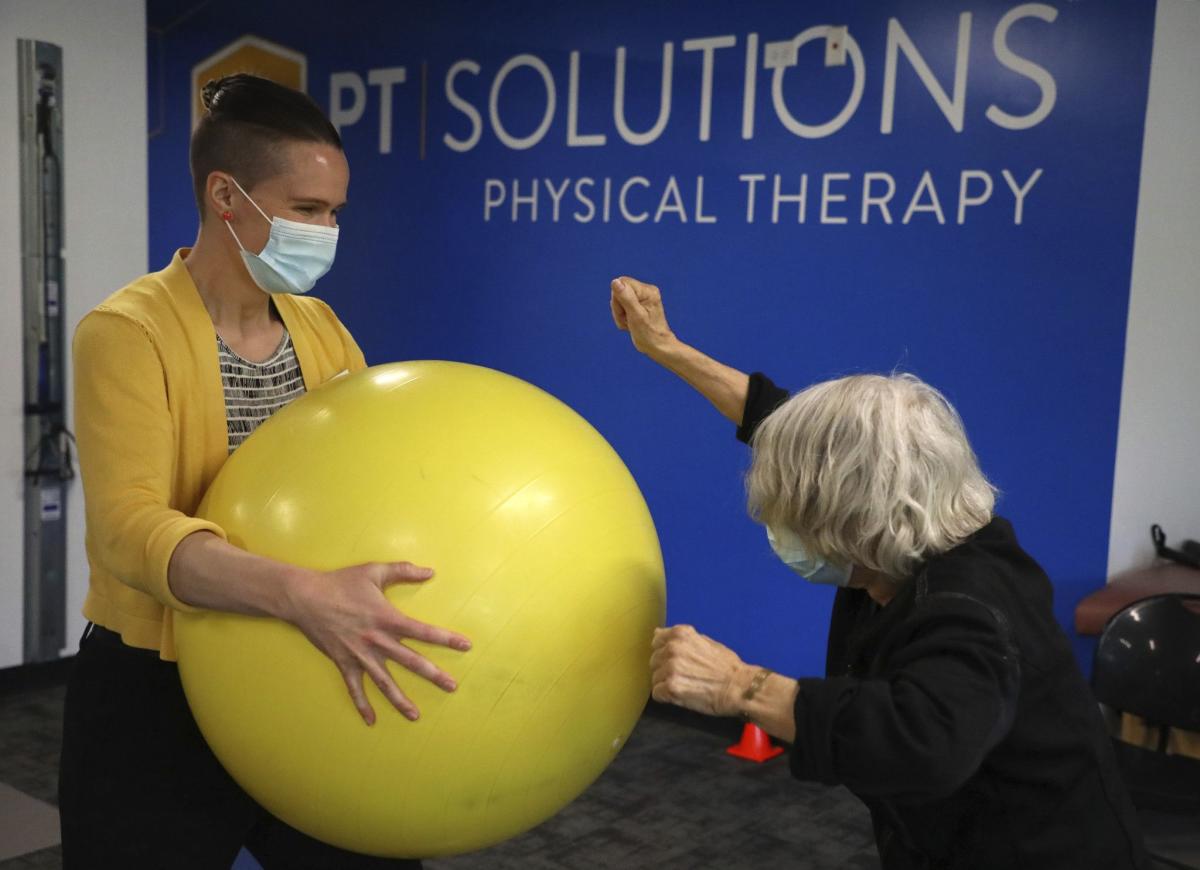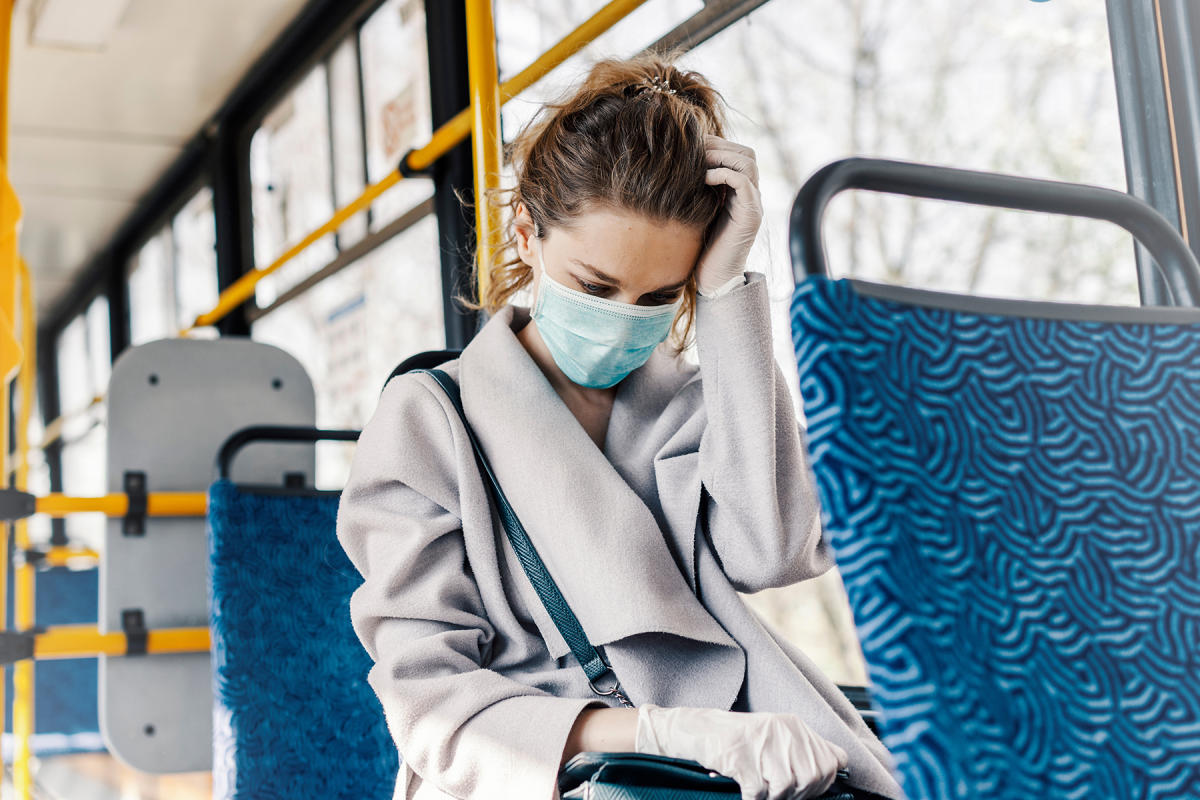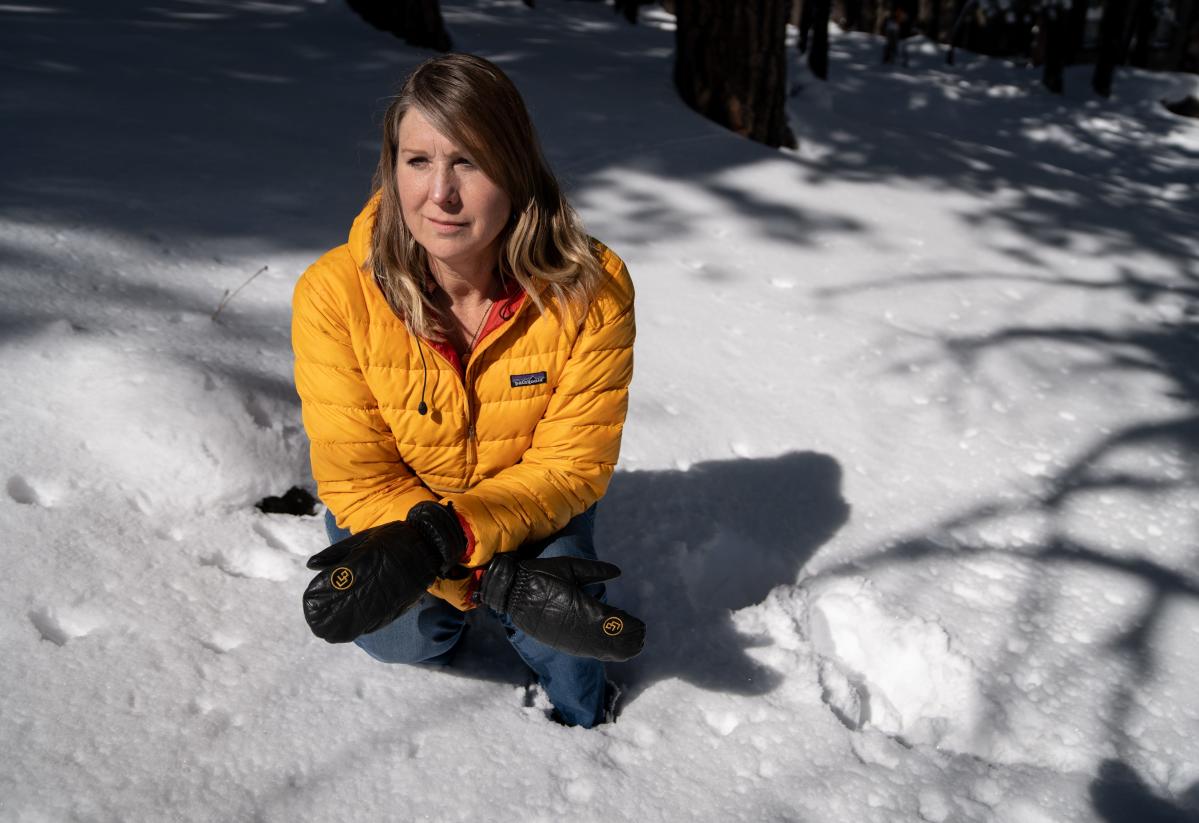Scientists are looking at reactivation of latent viruses, and other existing post-infection syndromes, for answers about long-haul COVID-19.

news.yahoo.com
(fair use applies)
Why do people get long COVID? A virus that may cause MS could reveal clues
Melina Walling, Arizona Republic - USA TODAY
Mon, May 23, 2022, 9:00 AM
PHOENIX –
Melanie Street calls COVID-19 “a lion inside of my body.”
When she was first infected with SARS-CoV-2 in January 2021, just two days before she had an appointment to be vaccinated, the virus hit her nervous system hard. For 23 days, she was in intense pain. She felt like she was choking, that her throat and mouth were swelling, and that she couldn’t breathe.
“It was very painful, like I was being attacked and played with, like a small toy. That's how I describe the waves of pain and the movement of the virus around my body,” says Street, who lives in Flagstaff, Arizona, with her son.
After the acute infection, Street still experienced debilitating symptoms for months. Now, about a year later, those symptoms ebb and flow, but she has still had to give up all the physical activities she once loved. She has chronic fatigue that flares up whenever she exerts herself, causing a tension at the base of her skull, brain fog and pain that reverberates through her body.
“It’s just going on for so long for me, and it's so impactful, and it's terrifying, at a time when the sleeping lion likes to wake up and scratch around,” she said.
Viral facts
• The phenomenon we currently know as “long COVID” highlights a vexing reality of many viral infections: Some people develop serious or chronic symptoms when most others do not.
• A recently confirmed connection between Epstein-Barr virus, which infects many people, and multiple sclerosis, which afflicts only a few, is another example.
• Proving that link lies in confirming a “temporal” connection – in other words, showing definitively that the viral infection happened before the onset of the disease. That can take a generation to confirm.
• Whether or not someone develops severe symptoms related to a viral infection also may depend on other factors such as the microbiome and genetics.
• While research raises the prospect of better treating viral infections, researchers note a lack of access to basic health care may still be the greatest barrier.
Street’s son, a teenager, was ill with COVID-19 too – in fact, Street thinks she got the virus from him. He had some persistent symptoms as well, but they were completely different. He had bouts of swollen glands and rashes, but nothing like the fatigue that sidelined his mother from her work, hobbies and outdoor activities.
Why did her son’s “version” of long COVID, as she calls it, look so different than her own? Street wants to know. “I just think that's what science is going to catch up with ... How the body reacts differently,” she said.
It’s a question that has long intrigued scientists who study all kinds of viruses, particularly latent viruses – the ones that infect nearly everyone, often when we are children, and then stick around in the body for the rest of our lives. Often they are asymptomatic, and we never even notice they’re there. But new research suggests that there might be more late-onset and damaging effects associated with latent viruses than some scientists initially thought.
In one pioneering study this January, researchers at Harvard found a causal link between Epstein-Barr virus (or EBV, which most people contract, and which gives a few unlucky individuals mononucleosis) and multiple sclerosis (MS). The study, which has been over 20 years in the making, has implications for what may one day be revealed about long COVID, said Elizabeth Jacobs, a professor of epidemiology and biostatistics at the University of Arizona whose team has already begun studying COVID-19 long haulers.
“We're expecting decades, decades of research on this,” she said.
Although the mechanisms of SARS-CoV-2 are different from those of true latent viruses – the coronavirus might not stick around in the body as long as or in the same ways as, say, EBV – scientists are looking at reactivation of latent viruses, and other existing post-infection syndromes, for answers about long-haul COVID-19.
Dr. Janko Nikolich-Žugich, the head of the immunobiology department at the University of Arizona and co-director of the Arizona Center on Aging, said he and other researchers are interested in examining the relationship between long COVID and latent viruses because it is “probably the interplay between the host and the viruses that will determine why one person got (long COVID) and the other person just sailed through,” he said. He is part of a team that recently received a $9.2 million grant to study long COVID.
But uncovering temporal and causal connections between latent viruses and long COVID could take a while. That’s why scientists are looking to existing knowledge, like the recently-confirmed connection between EBV and MS, for a glimpse of the future.
EBV and MS: The art of interpretation
Just over 20 years ago, Kassandra Munger, now a senior research scientist at Harvard, was working on her Master’s in epidemiology when she started getting interested in MS research. As a relative of someone with MS, she wanted to learn more about the causes and risk factors for the disease. By 2001, Munger and a colleague had published a paper in the Journal of the American Medical Association establishing a link between higher levels of EBV antibodies and increased risk of MS.
But they needed more evidence to prove there were temporal links between EBV and MS – in other words, that EBV infection itself happens before the onset of MS.
So for two decades, Munger and her team collaborated with the U.S. military, using a cohort over several years that numbered over 10 million people. With a population that size, they were able to find what they really needed – a group of people who, when they were first identified and tested, had not yet contracted EBV. Most of that group were younger than 20 years old at the time of their first blood samples.
The researchers found that 34 of 35 individuals who were EBV-negative at the beginning and developed MS during the study had contracted EBV about 5 to ten years before the onset of MS. All 766 other individuals in the cohort who developed MS were EBV-positive before the study, too, meaning that 800 out of 801 individuals total who developed MS were previously infected with EBV.
Munger said that it’s not clear exactly what’s going on with the one EBV-negative case, but since MS is a collection of symptoms and there is no one laboratory test to diagnose the disease, it’s possible that person was misdiagnosed or that other factors were contributing to their symptoms.
The researchers also tested the association with over 200 other viruses, including over a dozen latent viruses, and found that EBV was the only virus for which those who developed MS had higher antibody levels than controls.
MS is a rare disease, and not everyone who gets EBV will get MS. But the temporal link shows that, in the vast majority of cases, EBV is necessary for MS.
That’s a tangible place to start looking for solutions, and one of those would be obvious: vaccination. If MS almost never occurs without first contracting EBV, a vaccine for the virus should help prevent the later disease. Moderna, which made one of the most effective COVID-19 vaccines, has already started testing an EBV vaccine in clinical trials.
But beyond vaccines, the findings are a solid starting point for understanding the relationship between viruses and long-term effects in our bodies later in life.
What’s more, when they looked at EBV in relation to other viruses, Munger and her team found another fascinating relationship. Among individuals who had EBV, those who had also been infected with cytomegalovirus (CMV) showed a decreased risk of developing MS. It was a finding consistent with existing research, but it still left them with more questions.
“We have no idea what the biological mechanism would be. Maybe…there is some temporal relationship there, that maybe being infected with CMV first provides some sort of protection once you're infected with EBV,” Munger said. “So it's an interesting finding and clearly speaks to the complexity of this. It's easy in a headline to pull out, you know, EBV causes MS. But it's so much more complex than what that captures.”
That complexity – the dazzling abundance of viruses, cells, proteins, bacteria and even fungi that work together, uniquely, within each individual person – means that researchers have to be strategic and extremely specific with their experimental design. Knowing what questions to ask, and where to go next with the answers, is part of the challenge. “There's an art, sometimes, to the interpretation,” Munger said.
She also noted that over the last 20 years, as the research community has become more open to investigating the long-term effects of viruses like EBV, she and her team has had the chance to build on scientific criticisms and find more definitive answers. It’s an iterative process that she says will need to be expanded now that SARS-CoV-2 has arrived on the scene. She thinks scientists will need to ask “big Q questions,” as she puts it, about the relationship between the novel coronavirus, other viruses, and long-term illnesses like MS.
But for now, she expressed appreciation for the definitive results they do have on MS, results that could still be a long time coming for COVID-19.
“It really does feel like the culmination of 20 years of work, like we've climbed Mount Everest,” Munger said. “Maybe we haven't quite reached the peak. There's still a lot that we don't know. But certainly it has been an incremental build over the past 20 years to get to the point where we are now.”
MS and long COVID: Symptoms and similarities
When Jacobs heard about the results from Munger’s team, she had a message.
“In looking at data from our prospective cohort study of COVID19, the Arizona CoVHORT, I have mentioned a few times that some of the symptoms of LongCOVID harmonize with the ones I have with MS,”
she tweeted on Jan. 13, along with a link to Munger’s paper in Science.
For Jacobs, better known to her over 13,000 Twitter followers as
@TheAngryEpi, the paper was not only relevant to her research on COVID-19 but also to her own experience with MS. She was first diagnosed with MS in 2003, following her sister’s diagnosis, and she says that ever since she has done everything she can to minimize her symptoms, which include fatigue, muscle aches and spasms, double vision and vertigo, as well as more severe issues that have sometimes left her unable to walk for weeks at a time.
While disease-modifying drugs and exercise have helped her keep the most severe degenerative effects of MS at bay, Jacobs said that she has seen her experience of certain symptoms reflected in the testimonials of long COVID patients.
Jacobs said that while she didn’t want to falsely equate long COVID and MS, she says the results she and her team are beginning to see amplified her concerns over the long-term effects of COVID-19 that still remain to be studied. “What it did was break my heart, because I know those symptoms very well, and I was really hoping others would not be experiencing it,” she said.
It’s a concern that other scientists share. “I would be surprised if there were no longer-term sequelae (consequential conditions) of COVID-19, but only time will tell at this point,” Munger said.
In the meantime, Jacobs described her hope for long COVID advocates to keep sharing their experiences, because she has already witnessed a pattern of dismissal of MS symptoms from within and outside of the medical community.
“Anecdotally, I know people with MS who went years without getting a diagnosis where people would brush them off … I am very familiar with that sense of not being believed,” Jacobs said. “It's real. It's happening … Don't just assume right away that this is in their head or something because that is what (has been) done to a lot of MS patients for decades.”
It’s a pattern that other advocacy groups have also highlighted. Patients with myalgic encephalomyelitis and chronic fatigue syndrome (ME/CFS), Lyme disease and other post-infection syndromes have taken to social media and other online forums to share their calls for further research and support from the medical establishment.
To that end, Jacobs said the pandemic has brought together infectious disease and chronic disease epidemiologists, which has accelerated collaborative efforts to better understand the long-term effects of SARS-CoV-2. It’s a research area that is not only booming but also growing, changing and gaining more acceptance – and more funding.
“Before we were more siloed,” she said. “COVID in our case has made (interdisciplinary teamwork) more seamless than it was in the past.”
Long road ahead for long haulers
Street doesn’t know what’s causing all of her symptoms. But she does worry about how long they have lasted, and what that could mean for her body in the future.
“(I’m anxious because) I'm not sure if the virus is sitting within me,” Street said. “Is it sitting in my system? Is it going to come back five years from now? That part could be terrifying if you sit and think about it too long.”
She added that she tries to stay positive and move on with her life as best she can. She’s working part-time now, some of her symptoms are getting better, and she has found some relief through acupuncture several times a week. Recently, after 13 months, she says an osteopath diagnosed her with costochondritis, or inflammation of the cartilage that connects the ribs to the breastbone. While she says that the diagnosis doesn’t take the issue away, she is relieved to have more information.
She has also signed up to participate in the University of Arizona CoVHORT study as well as a study on long COVID sponsored by the National Institutes of Health (NIH), as she waits for more answers.
Those answers could be different for her than for others with long COVID, explained Amy Proal, a microbiologist at the PolyBio Research Foundation, in a webinar where she discussed potential biological factors contributing to long COVID, including latent virus reactivation and dysregulation of the microbiome. According to Proal, the condition may very well represent a continuum of different effects within the body.
In one person, for example, a reservoir of SARS-CoV-2 may lurk in the intestinal tissue, sending inflammatory signals to the brain and resulting in sickness, nausea or other nervous system symptoms.
But in another person, the coronavirus could have been cleared from the body, and yet it may have also caused a reactivation of Epstein-Barr virus in the process and disrupted the microbiome – eventually resulting in those same or similar sickness, nausea and nervous system symptoms.
“A takeaway is that if the same circuitry is being impacted, no two long COVID patients have to have the exact same mix of pathogens or inflammatory issues to develop these same sets of common symptoms,” Proal said.
It’s an idea that has been relevant to several other conditions in the past, but is only now being thrust into the limelight, said Michael VanElzakker, a neuroscience researcher at Massachusetts General Hospital and Harvard Medical School who worked with Proal to outline a list of biological factors that could lead to long COVID.
VanElzakker previously specialized in studying the long-term consequences of acute infections – “years and years,” as he puts it, of trying to convey that some people “don't fully recover from apparently infectious illness…and just trying to get it taken seriously.”
He described how many poorly understood “autoimmune” conditions may really be a consequence of the immune system “trying to get at something that was doing damage.” He echoed the connections some advocates and researchers have drawn between long COVID and other conditions like Lyme disease, MS, and chronic fatigue syndrome, noting parallels in the ways some physicians have dismissed the so-called “vague” symptoms patients with those diseases often report.
VanElzakker added that many of those symptoms are actually clear markers of the immune response, and that breaking down the artificial barriers scientists have drawn between the nervous system and the immune system could lead to breakthroughs that address the root causes of many diseases – root causes that might look different from person to person.
“It’s probably … going to take, you know, some thoughtful, genuinely personalized medicine to figure out what's happening in each person,” he said.
It’s a topic Jacobs has been bringing up in her classes as she asks students to wrestle with questions of justice and healthcare. Personalized medicine is “like the bells and whistles, super space-age-like medicine … but it does ignore what to me is the biggest problem in health care right now, which is lack of access,” she said. “Poverty, for example, is a carcinogen. … I actually believe that (improving access) would be more effective in the next decade than personalized medicine.”
Long COVID patients like Street have taken to social media and to grassroots movements like Survivor Corps, an online network, to find community. Street still says she has felt isolated at times, because no two experiences with long COVID are the same. “That part’s quite lonely,” she said.
But with those unique symptoms come opportunities for better research and care, and VanElzakker is hopeful that the flood of data and innovation that COVID-19 has initiated will make waves in a field that he has been part of for a long time.
“It is a really promising moment,” VanElzakker said. “Because SARS-CoV-2 is new, there's a space for discovery.”

